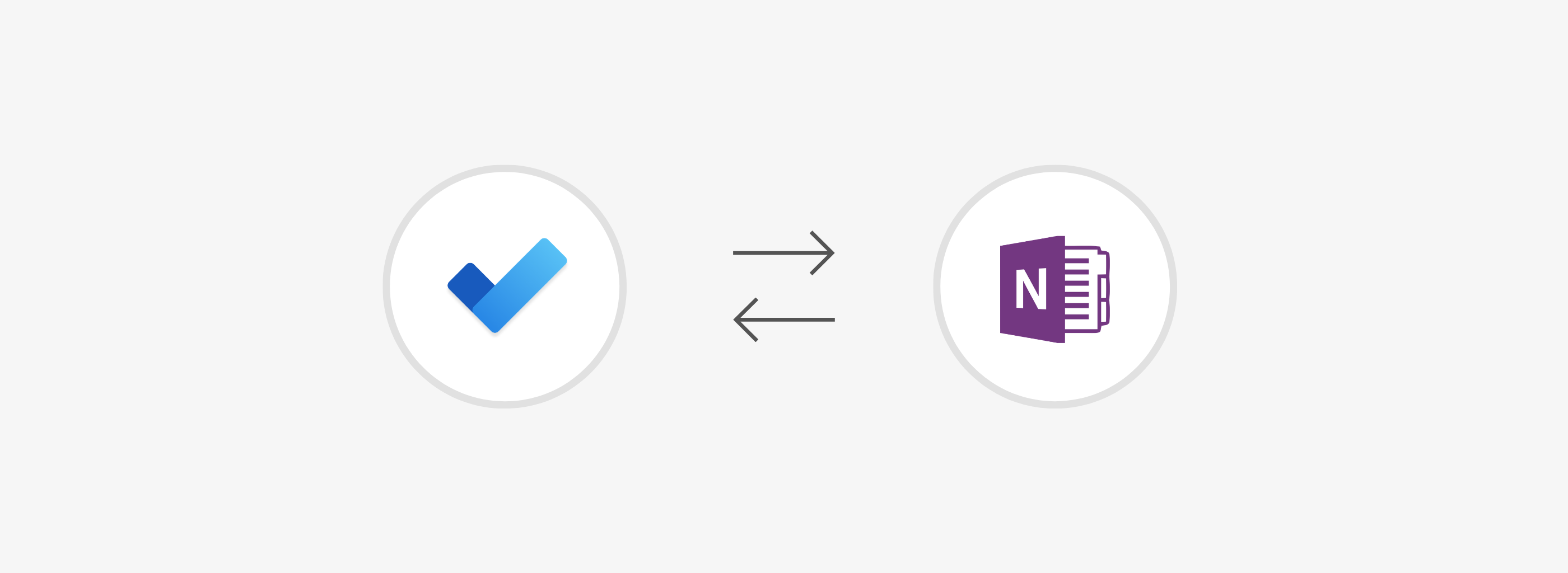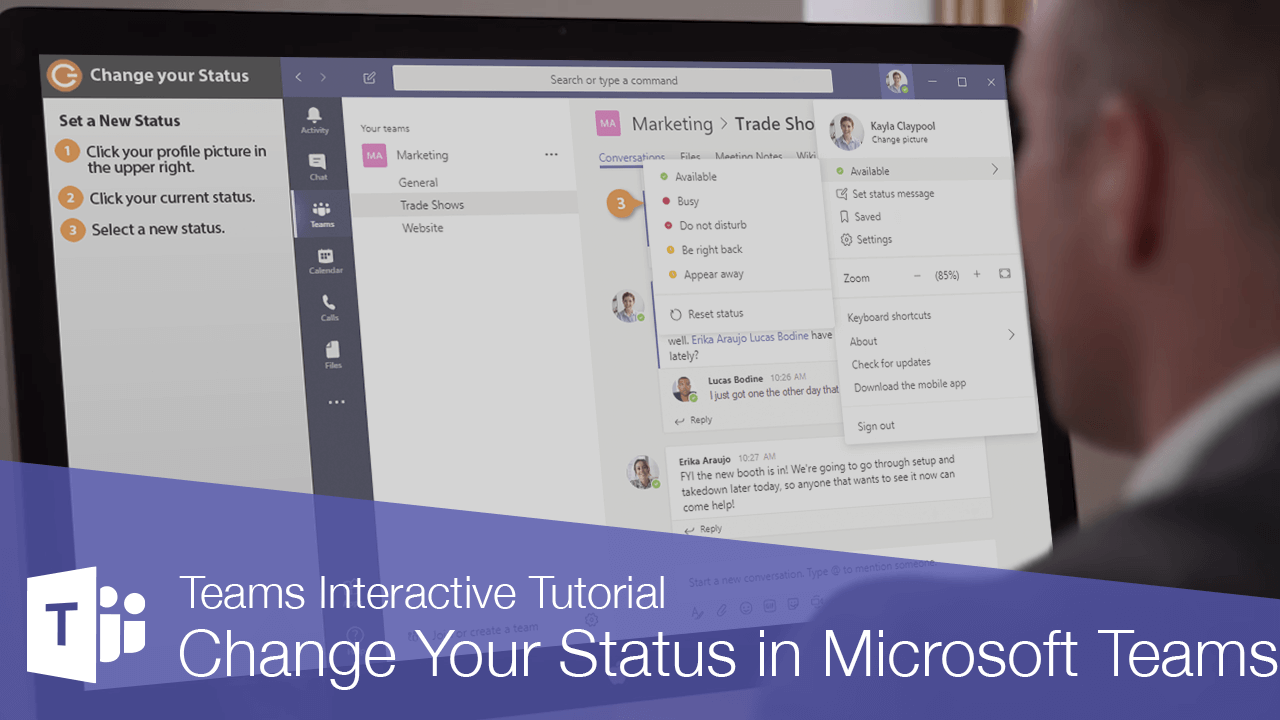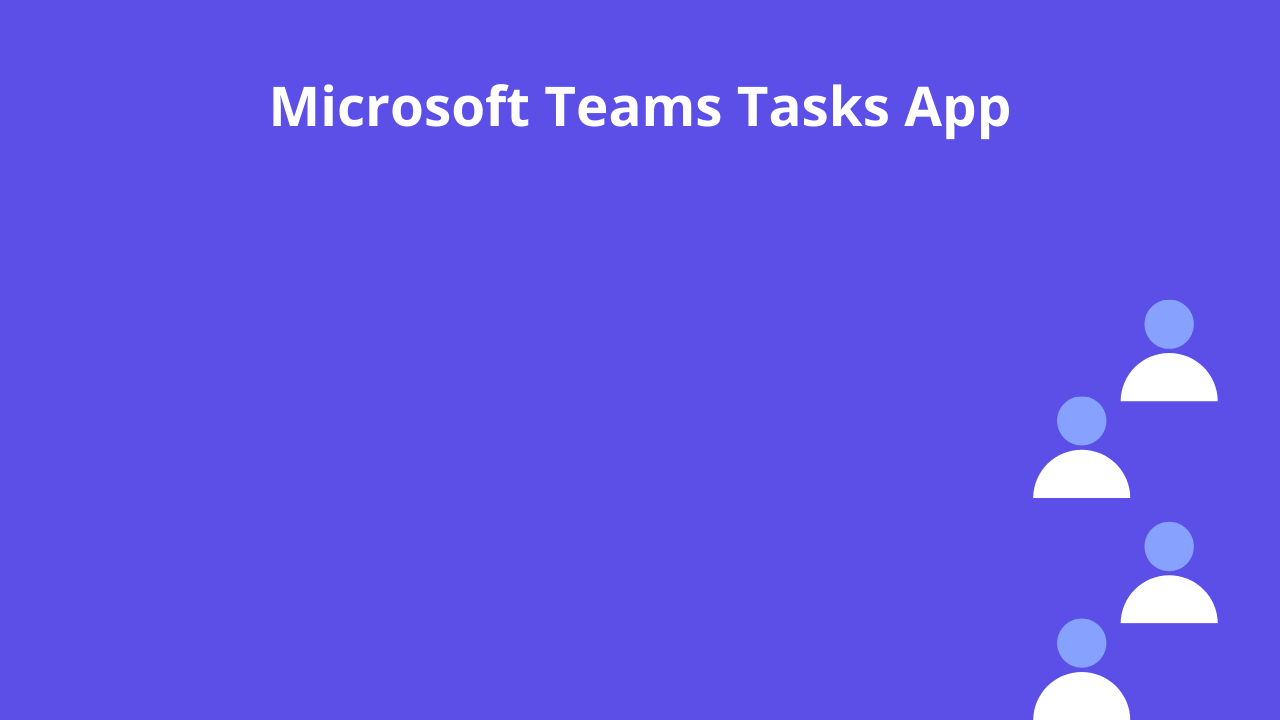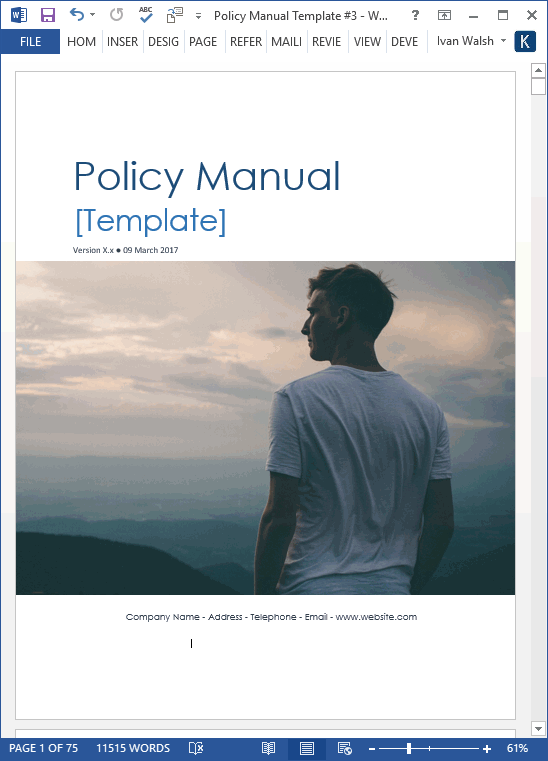- On mobile, this will happen when the Teams app is in the background. Busy is when you want to focus on something, and you do want notifications to pop up. If you’re in a meeting or call, Teams will automatically change your status to In a meeting or In a call (Busy) when not set to Do not disturb.
- Microsoft Teams is an online communication and team collaboration tool that’s part of the Microsoft Office 365 Suite. While it’s mostly used for video conferencing by remote teams, that’s not the only thing it can do. Teams can help you: Create dedicated channels for specific tasks or teams.
Tasks in Teams brings together Planner, To-Do and Outlook tasks with smartlists to help y. Streamline your productivity by seeing all your tasks in one place. You need to enable JavaScript to run this app. You need to enable JavaScript to run this app. Microsoft To Do. To Do gives you focus, from work to play.
-->Note
Review the following information to understand chat, teams, channels, & apps in Teams. Then, go to Chat, teams, channels, & apps in Teams to walk through a list of decisions important to your Teams rollout.
Let’s get started by thinking about how Microsoft Teams allows individual teams to self-organize and collaborate across business scenarios:
Teams are a collection of people, content, and tools surrounding different projects and outcomes within an organization.
- Teams can be created to be private to only invited users.
- Teams can also be created to be public and open and anyone within the organization can join (up to 10,000 members).
A team is designed to bring together a group of people who work closely to get things done. Teams can be dynamic for project-based work (for example, launching a product, creating a digital war room), as well as ongoing, to reflect the internal structure of your organization (for example, departments and office locations). Conversations, files and notes across team channels are only visible to members of the team.
Channels are dedicated sections within a team to keep conversations organized by specific topics, projects, disciplines—-whatever works for your team! Files that you share in a channel (on the Files tab) are stored in SharePoint. To learn more, read How SharePoint Online and OneDrive for Business interact with Teams.
- Channels are places where conversations happen and where the work actually gets done. Channels can be open to all team members or, if you need a more select audience, they can be private. Standard channels are for conversations that everyone in a team can participate in and private channels limit communication to a subset of people in a team.
- Channels are most valuable when extended with apps that include tabs, connectors, and bots that increase their value to the members of the team. To learn more, see Apps, bots, & connectors in Teams.
For help using teams and channels, check out Teams and channels.
View this short video to learn more about best practices for creating teams and channels.
Membership, roles, and settings
Team membership
When Microsoft Teams is activated for your entire organization, designated team owners can invite any employee they work with to join their team. Microsoft Teams makes it easy for team owners to add people in the organization based on their name. Depending on your organization's settings guests who are team members but outside of your organization can also be added to your teams. See Guest Access in Microsoft Teams for more information.
Team owners can also create a team based on an existing Microsoft 365 group. Any changes made to the group will be synced with Microsoft Teams automatically. Creating a team based on an existing Microsoft 365 group not only simplifies the process of inviting and managing members, but also syncs group files inside of Microsoft Teams.
Team roles
There are two main roles in Microsoft Teams:
- Team owner - The person who creates the team. Team owners can make any member of their team a co-owner when they invite them to the team or at any point after they’ve joined the team. Having multiple team owners lets you share the responsibilities of managing settings and membership, including invitations.
- Team members - The people who the owners invite to join their team.
In addition, if moderation is set up, team owners and members can have moderator capabilities for a channel. Moderators can start new posts in the channel and control whether team members can reply to existing channel messages. Team owners can assign moderators within a channel. (Team owners have moderator capabilities by default.) Moderators within a channel can add or remove other moderators within that channel. For more information, see Set up and manage channel moderation in Microsoft Teams.
Team settings
Team owners can manage team-wide settings directly in Microsoft Teams. Settings include the ability to add a team picture, set permissions across team members for creating standard and private channels, adding tabs and connectors, @mentioning the entire team or channel, and the usage of GIFs, stickers, and memes.
Take three minutes to check out this go-to-guide video for team owners:
If you are a Microsoft Teams administrator in Microsoft 365 or Office 365, you have access to system-wide settings in the Microsoft Teams admin center. These settings can impact the options and defaults team owners see under team settings. For example, you can enable a default channel, “General”, for team-wide announcements, discussions, and resources, which will appear across all teams.
By default, all users have permissions to create a team within Microsoft Teams (to modify this, see Assign roles and permissions in Teams. Users of an existing Microsoft 365 group can also enhance their permissions with Teams functionality.
One key early planning activity to engage users with Microsoft Teams is to help people think and understand how Teams can enhance collaboration in their day to day lives. Talk with people and help them select business scenarios where they are currently collaborating in fragmented ways. Bring them together in a channel with the relevant tabs that will help them get their work done. One of the most powerful use cases of Teams is any cross-organizational process.
Example Teams
Below are a few functional examples of how different types of users may approach setting up their teams, channels, and apps (tabs/connectors/bots). This may be useful to help kick off a conversation about Microsoft Teams with your user community. As you think about how to implement Microsoft Teams in your organization, remember that you can provide guidance on how to structure their teams; however, users have control of how they can self-organize. These are just examples to help get teams to start thinking through the possibilities.
Microsoft Teams is great for breaking down organizational silos and promoting cross-functional teams, so encourage your users to think about functional teams rather than organizational boundaries.
| Types of Teams | Potential Channels | Apps (Tabs /Connectors /Bots ) |
|---|---|---|
| Sales | Annual Sales Meeting Quarterly Business Review Monthly Sales Pipeline Review Sales Playbook | Power BI Trello CRM Summarize Bot |
| Public Relations | Press Releases News and Updates Fact Checking | RSS Feed |
| Event Planning | Marketing Logistics and Scheduling Venue Budget | Twitter Planner |
| Marketing/Go to Market | Market Research Messaging Pillars Communications Plan Marketing Bill of Materials | YouTube Microsoft Stream MailChimp |
| Technical Operations | Incident Management Sprint Planning Work Items Infrastructure and Operations | Team Services Jira AzureBot |
| Product Team | Strategy Marketing Sales Operations Insights Services & Support | Power BI Team Services |
| Finance | Current Fiscal FY Planning Forecasting Accounts Receivable Accounts Payable | Power BI Google Analytics |
| Logistics | Warehouse Operations Vehicle Maintenance Driver Rosters | Weather Service Travel / Road Disruptions Planner Tubot UPS Bot |
| HR | Talent Management Recruiting Performance Review Planning Morale | HR Tools External Job Posting Sites Growbot |
| Cross-organizational Virtual Team | Strategy Workforce Development Compete & Research | Power BI Microsoft Stream |
It's possible to create Teams that align with the organizational structure. This is best used for leaders who want to drive morale, have team-specific reviews, clarify employee onboarding processes, discuss workforce plans, and increase visibility across a diverse workforce.
Org-wide teams
If your organization has no more than 5,000 users, you can create an org-wide team. Org-wide teams provide an automatic way for everyone in an organization to be a part of a single team for collaboration. For more information, including best practices for creating and managing an org-wide team, see Create an org-wide team in Microsoft Teams.
How to Set Up a Microsoft Teams Meeting for First-Time Users
This guide is designed to help you set up a Microsoft Teams meeting for the first time.
It should also help you learn how to the different variations of Microsoft Teams meetings and the features at your disposal before, during, and after a meeting.
Here’s how to get started. If you’re already using Teams, you can jump to the section most relevant below:
How to start a Microsoft Teams meeting
You can set up your Microsoft Teams meeting either through the Teams app or Microsoft Outlook.
The meeting looks the same bothways.
You can decide which you want to use based on what makes the most sense to your company.
Microsoft is all about making meetings flexible so there are four ways that you can launch a discussion with your team:
Microsoft To Do Vs Teams Planner
- Ad-hoc meetings: Created by clicking the “Meet Now” button to get everyone involved in a conversation as quickly as possible.
- Private meetings: 1-on-1 conversations with specific colleagues or employees.
- Channel meetings: Group conversations with an entire team or group of people.
- Consultation meetings: Like in a telemedicine example where doctors and patients meet one to one.
How to Meet Now in Microsoft Teams
If you want to “Meet Now” in Microsoft Teams, you’re probably looking for the quickest way to get all of the people in a channel talking.
All you need to do is select the little camera icon in a new or existing conversations.
In your video preview, enter a name for your meeting, and click Meet Now.
Click on the names of the people you want to invite to your meeting.
You can also type phone numbers if you want to add people from outside of your organization to the discussion.
If you want to joina meeting using Meet Now, look for the camera icon in a conversation and click Jump In.
If you want to sharea screen during your meeting, click the screen icon to show your screen to the other people you’re talking to.
The ellipses icon will give you other in-meeting controls, including the option to record the meeting and have it emailed to you.
How to schedule a Microsoft Teams meeting
You can schedule Microsoft Teams meetings using your Exchange calendar.
Your calendar in Teams is automatically synced to your Exchange calendar.
Every meeting scheduled in Teams automatically becomes an online meeting.
To schedule a meeting in a chat window, select the icon that looks like a calendar in the chat below the box where you usually type your messages.
You can also go to the Calendar tab on the left-hand side of the app and click on New Meeting.
Select a range of time within the calendar and Teams will open a scheduling form, where you can give your meeting a title, invite people, and add meeting details.
Microsoft Teams also has a Scheduling Assistant you can use to find a time that works for everyone.
Once you’ve got all the details ironed out, click Save. This closes the scheduling form and sends an invite to everyone’s inbox.
To create a channel meeting, click on New Meeting and type the name of one or more channels into the box that says Add Channel.
Channels can’t be added or edited after you’ve sent your invites.
You’ll need to send a new invite if you decide to add extra channels later.
When you have a channel meeting, everyone in the team can see and join that channel.
Once again, you can use the Scheduling Assistant with a channel meeting.
You can also use dropdown boxes on your calendar to add a recurring meeting to everyone’s calendar.
Remember, in a Microsoft Exchange calendar, all Microsoft Teams Meetings will show a Join button five minutes before a meeting is set to start.
When someone joins a meeting, the event changes colors to let you know that someone’s online.
How to schedule a Microsoft Teams meeting from Outlook
You can also schedule your Microsoft Teams Meetings from Outlook.
The Microsoft Teams Outlook add-in allows people to view, accept, or enter meetings from Teams, or Outlook.
To schedule a meeting, open Outlook and click on New Teams Meeting in the calendar view.
Add the people that you want to include in the meeting to the To field.
If you want a bunch of people to join the meeting at once, you can invite entire contact groups.
Add your meeting subject, as well as a location, start time, and end time, then click Send to inform your team.
You can also invite people outside of your organization to a Teams Meeting from Outlook.
All you need to do is add them as guests before the meeting starts, so they don’t need to join anonymously.
Add guests to your team by selecting Teams then visiting the team in your list. Click on … (More Options) > Add member.
Enter the email address of the guest.
Anyone with a business or consumer account can join your team as a guest.
You can also edit guest information to give them a name.
Click Add to send a welcome email to your guest.
Customize your Microsoft Teams background

Video conferencing is a great way to bring teams together, regardless of where your users are. However, people may be reluctant to join a video meeting if their environment is messy or distracting.
The good news? Microsoft Teams changes all that.
You can blur everything behind you in a video, for absolute privacy.
To do this, simply:
- Click on your audio and video settings screen when you join a meeting
- Choose the ellipses “…” for more options
- Tap on Blur my background
You can also add custom backgrounds like an office environment or company logo, rather than blurring out the background.
Microsoft Teams Custom Backgrounds
Microsoft introduced virtual backgrounds for Microsoft Teams in April 2020. Microsoft said it designed custom backgrounds to let you replace your real meeting background with a “fresh and bright home office.”
To find virtual backgrounds, launch a video chat and tap the … menu:
Click Show background effects.

This will bring up a sidebar with some alternative background options.

You can only use stock photos from Microsoft for now but watch this space.
For something more advanced, and to stand out in front of your boss, colleagues, or clients, you can opt for a third-party background.
To download a selection of premium Microsoft Teams backgrounds, you can choose from 300 high-quality images here.
How to add members to Microsoft Teams Meetings
The are various ways that you can add people to a meeting in Microsoft Teams.
For instance, if you have Anonymous Join enabled, then anyone can join the conference as an anonymous user by clicking on a meeting link invitation.
You can turn Anonymous Join on by visiting the Microsoft Teams admin center, clicking on Meetings > Meeting Settings > Participants:
If you want more control over who attends your meetings, toggle this switch off, and send invitations to individual team members instead.
As well as inviting everyone in a channel or conversation to a meeting at once, you can also send an email and phone number invitations too.
Before a meeting, you can use the Invite People box when you start your meeting to search for people and invite whoever you like.
When you’re in a meeting, click on Show participants icon your meeting controls to see who’s there, who’s been invited, and who isn’t there yet.
To ask someone to join a meeting, you can click on More Options (…), then Ask to Join.
Alternatively, type a person’s name into the search box (if they’re in your organization), or their phone number or email address.
Want to customize your meeting invitations?
Click on Meetings > Meeting Settings > Email invitation.
Here, you can customize the logo that shows up in your email invitation, as well as the footer, to make your invite seem more professional.
How to see everyone in Microsoft Teams
Microsoft Teams allows for up to 250 people to participate in a single Teams meeting.
But, this doesn’t mean you can see all users at the same time. Until recently, Teams only allowed users to view the 4 last active participants in a video call.
Microsoft To Do Planner Teams
As part of the thirdanniversary of Microsoft Teams celebration on the 20th of March, Microsoft rolled out various updates, including a new ability to see up to 9 people in a meeting at the same time.
The upgrade to simultaneously being able to view 9 participants came with a few exciting other features for Microsoft Teams meetings, like:
- Background blur for iOS devices
- Enhanced audio even when using networks with high packet loss
- Booking apps added to teams
- Custom backgrounds for video meetings
- A raise handsfeature to let your colleagues know you have something to say
- The option to formally end meetings for all Teams participants at the same time
The new 9-person view for Microsoft Teams will feature a 3×3 grid of the most active people in your meeting.
The option will be rolled out incrementally so keep checking your Teams meetings for this.
Choosing what you want to see in a Teams meeting

Although you can’t switch from one screen layout to another in a Teams meeting, Microsoft anticipates what you need to see during conversations.
When someone is speaking, they’ll be added to the roster of the 9 videos you can see on your screen at once.
There are also a few ways to choosewhat you want to see in a Teams meeting, like:
- Pinning the video: If you need to focus on a particular person during a video conference, right-click on the video you want to pin and select Pin.This keeps the video feed on your screen, no matter who’s talking.
- Switching between content: When a video presentation appears, you can switch between viewing the content and watching other people in the room. Click on the video you’re interested in to focus on a particular person or presentation.
- Reframing your video: If you want a different view of a specific video, right-click on the content and click fit to frame.Choose fill frameto get a closer, more cropped view.
In-meeting controls and what you can do with Microsoft Teams
As an admin, you’ll be able to use your Meetings settings to control plenty of factors, including whether anonymous people can join teams and more.
You can:
- Allow audio conferencing: With an audio conferencing license, people will be able to dial-in to your meetings from over 90 different countries.
- Set up a virtual lobby: Any attendees not in your organization will appear in a virtual lobby by default with Microsoft Teams. This allows you to choose who should have access to the conversation.
- Mute attendees: In large meetings, you can click on the Mute option on an attendee’s profile to stop them from disturbing other people in your group. You can also unmute them later, or mute everyone but yourself.
- Screen or application sharing: Click on the screen icon on your Microsoft Teams meeting to share your screen. If you only want to share a specific window or application, you can choose exactly how much to share.
- Interactive troubleshooting: Teams will automatically tell you if it detects any problems. For instance, you’ll get a notification if you’re trying to speak to your team when you’re muted.
- Call analytics and recordings: Clicking the … More Options button on Teams will allow you to record a meeting, which can be sent straight to your inbox after the discussion is finished. Microsoft also offers a range of analytics to help troubleshoot potential issues with your meetings too.
More from Microsoft Teams
Hopefully, this guide has presented itself useful for first-time or returning Microsoft Teams users and admins.
To start taking full advantage of Microsoft Teams, I’ve included our Microsoft Teams library that you and your team (no pun intended) should find useful:
You must be logged in to post a comment.
